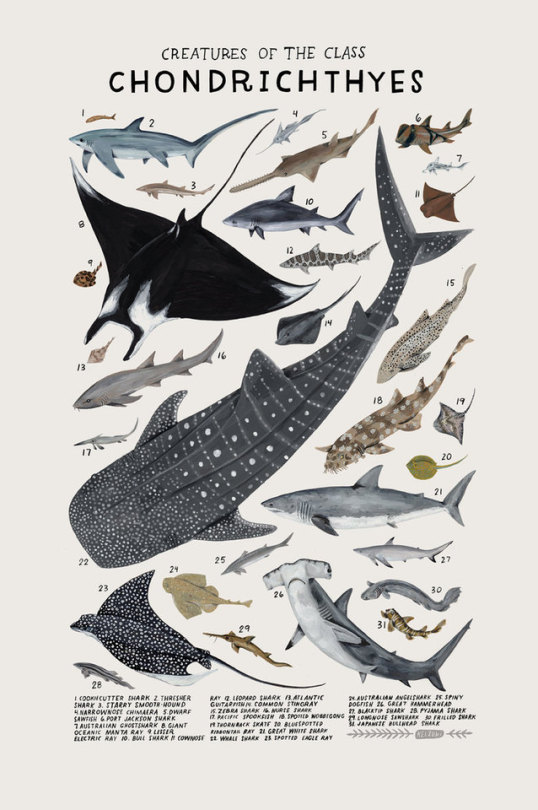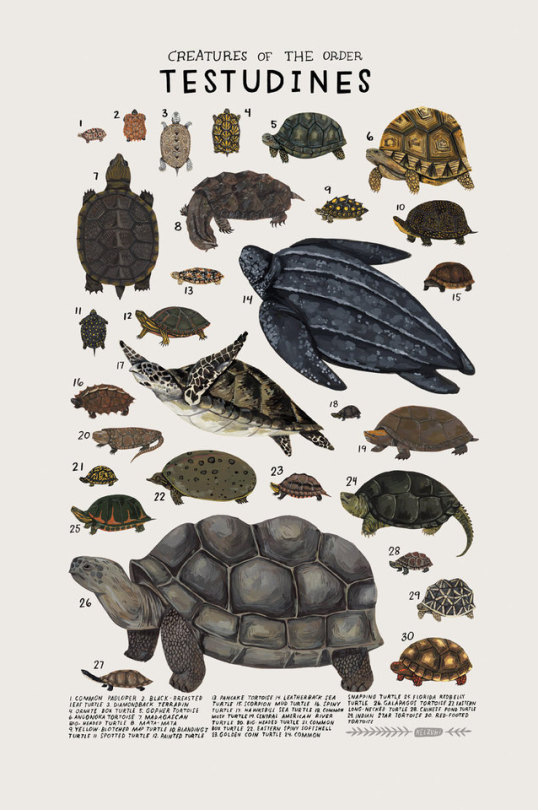Ritasakano - Outubros
More Posts from Ritasakano and Others
Eight Small Satellites Will Give Us a New Look Inside Hurricanes

The same GPS technology that helps people get where they’re going in a car will soon be used in space in an effort to improve hurricane forecasting. The technology is a key capability in a NASA mission called the Cyclone Global Navigation Satellite System (CYGNSS).

The CYGNSS mission, led by the University of Michigan, will use eight micro-satellite observatories to measure wind speeds over Earth’s oceans, increasing the ability of scientists to understand and predict hurricanes. Each microsatellite observatory will make observations based on the signals from four GPS satellites.

The CYGNSS microsatellite observatories will only receive signals broadcast directly to them from GPS satellites already orbiting the Earth and the reflection of the same satellite’s signal reflected from the Earth’s surface. The CYGNSS satellites themselves will not broadcast.

The use of eight microsatellite observatories will decrease the revisit time as compared with current individual weather satellites. The spacecraft will be deployed separately around the planet, with successive satellites passing over the same region every 12 minutes.
This will be the first time that satellites can peer through heavy tropical rainfall into the middle of hurricanes and predict how intense they are before and during landfall.

As the CYGNSS and GPS constellations orbit around the Earth, the interaction of the two systems will result in a new image of wind speed over the entire tropics every few hours, compared to every few days for a single satellite.

Another advantage of CYGNSS is that its orbit is designed to measure only in the tropics…where hurricanes develop and are most often located. The focus on tropical activity means that the instruments will be able to gather much more useful data on weather systems exclusively found in the tropics. This data will ultimately be used to help forecasters and emergency managers make lifesaving decisions.
Watch Launch!

Launch of CYGNSS is scheduled for 8:24 a.m. EST on Monday, Dec. 12 from our Kennedy Space Center in Florida. CYGNSS will launch aboard an Orbital ATK Pegasus XL rocket, which will be deployed from Orbital’s “Stargazer” L-1011 carrier aircraft.
Pegasus is a winged, three-stage solid propellant rocket that can launch a satellite into low Earth orbit. How does it work? Great question!

After takeoff, the aircraft (which looks like a commercial airplane..but with some special quirks) flies to about 39,000 feet over the ocean and releases the rocket.

After a five-second free fall in a horizontal position, the Pegasus first stage ignites. The aerodynamic lift, generated by the rocket’s triangle-shaped wing, delivers the payload into orbit in about 10 minutes.
Pegasus is used to deploy small satellites weighing up to 1,000 pounds into low Earth orbit.
Watch live coverage HERE.
Make sure to follow us on Tumblr for your regular dose of space: http://nasa.tumblr.com
Mapa das novas infecções do ransomware
Assista ao mapa ao vivo das novas infecções do ransomware WannaCry http://www.tecmundo.com.br/ataque-hacker/116649-assista-mapa-ao-vivo-novas-infeccoes-ransomware-wannacry.htm

Amanhecer
As cores brindam um novo amanhecer
Olhos fixos de agradecimento
Flutuar com as nuvens
Puro deleite
Ines




Constellation print and map kimonos








ART PRINTS BY FINLAY MCNEVIN
Potassium - Element Art
Helium - Element Art
Aluminum - Element Art
Calcium - Element Art
Fluorine - Element Art
Phosphorus - Element Art
Carbon - Element Art
Chlorine - Element Art
Also available as canvas prints and framed art prints
FREE WORLDWIDE SHIPPING + $5 OFF ALL PHONE CASES TODAY!
#animais#classificação#ordem#ciência










Animal Species Illustration Posters by Kelsey Oseid on Etsy
More like this

Five Fun Facts for the 2015 Geminid Meteor Shower
The Geminid meteor shower peaks this weekend starting on Sunday, Dec. 13. Here are a few fun facts:
Fact #1:

The Geminid meteor shower can be seen from both the Northern and Southern hemispheres. Because they are pieces of an asteroid, Geminid meteoroids can penetrate deeper into Earth’s atmosphere than most other meteor showers, creating beautiful long arcs viewable for 1-2 seconds.
Fact #2:

Geminids are pieces of debris from an object called 3200 Phaethon. It was long thought to be an asteroid, but is now classified as an extinct comet.
Phaethon’s eccentric orbit around the sun brings it well inside the orbit of Mercury every 1.4 years. Traveling this close to the sun blasts Phaethon with solar heat that may boil jets of dust into the Geminid stream. Of all the debris streams Earth passes through each year, the Geminid shower is the most massive. When we add up the amount of dust in this stream, it outweighs other streams by factors of 5 to 500.
Fact #3:

Because they are usually bright, many people say Geminid meteors show color. In addition to glowing white, they have been described as appearing yellow, green, or blue.
Geminid meteoroids hit earth’s atmosphere traveling 78,000 mph or 35 km/s. That may sound fast, but it is actually somewhat slow compared to other meteor showers.
Fact #4:

Geminids are named because the meteors seem to radiate from the constellation of Gemini. The shower lasts a couple of weeks, with meteors typically seen Dec. 4-17, peaking near Dec 13-14.
Fact #5:

The Geminids started out as a relatively weak meteor shower when first discovered in the early 19th century. Over time, it has grown into the strongest annual shower, with theoretical rates above 120 meteors per hour.
Join In:
This Sunday, Dec. 13, our Marshall Space Flight Center in Huntsville, Alabama, will host a live tweet chat highlighting the 2015 Geminid meteor shower. This online, social event will occur 11 p.m. EST Dec. 13, until 3 a.m. EST on Dec. 14. To join the conversation and ask questions, use #askNASA or @NASA_Marshall.
Make sure to follow us on Tumblr for your regular dose of space: http://nasa.tumblr.com
É Natal
Vamos cantar
Alegria
Em nossos
Corações!!!





Solar System: Things to Know This Week
Discoveries in planetary science are often both weird and wonderful, and these newest announcements are no exception. This week we present a few of the most interesting recent scientific findings from our missions and NASA-funded planetary science. Take a look:
1. Seeing Spots

Scientists from our Dawn mission unveiled new images from the spacecraft’s lowest orbit at the dwarf planet Ceres, including highly anticipated views of the famous “bright spots” of Occator Crater. Take a look HERE.
2. Pluto’s Secrets Brought to Light

A year ago, Pluto was just a bright speck in the cameras of our approaching New Horizons spacecraft, not much different than its appearances in telescopes since Clyde Tombaugh discovered the dwarf planet in 1930. Now, New Horizons scientists have authored the first comprehensive set of papers describing results from last summer’s Pluto system flyby. Find out more HERE.
3. Rising Above the Rest

In a nod to extraterrestrial mountaineers of the future, scientists working on our Cassini mission have identified the highest point on Saturn’s largest moon, Titan. The tallest peak is 10,948 feet (3,337 meters) high and is found within a trio of mountainous ridges called the Mithrim Montes, named for the mountains in Tolkien’s Middle-Earth.
4. Does the “Man in the Moon” Have a New Face?

New NASA-funded research provides evidence that the spin axis of Earth’s moon shifted by about five degrees roughly three billion years ago. The evidence of this motion is recorded in the distribution of ancient lunar ice, evidence of delivery of water to the early solar system.
5. X-Ray Vision

Solar storms are triggering X-ray auroras on Jupiter that are about eight times brighter than normal over a large area of the planet and hundreds of times more energetic than Earth’s “northern lights,” according to a new study using data from our Chandra X-ray Observatory.
Want to learn more? Read our full list of things to know this week about the solar system HERE.
Make sure to follow us on Tumblr for your regular dose of space: http://nasa.tumblr.com